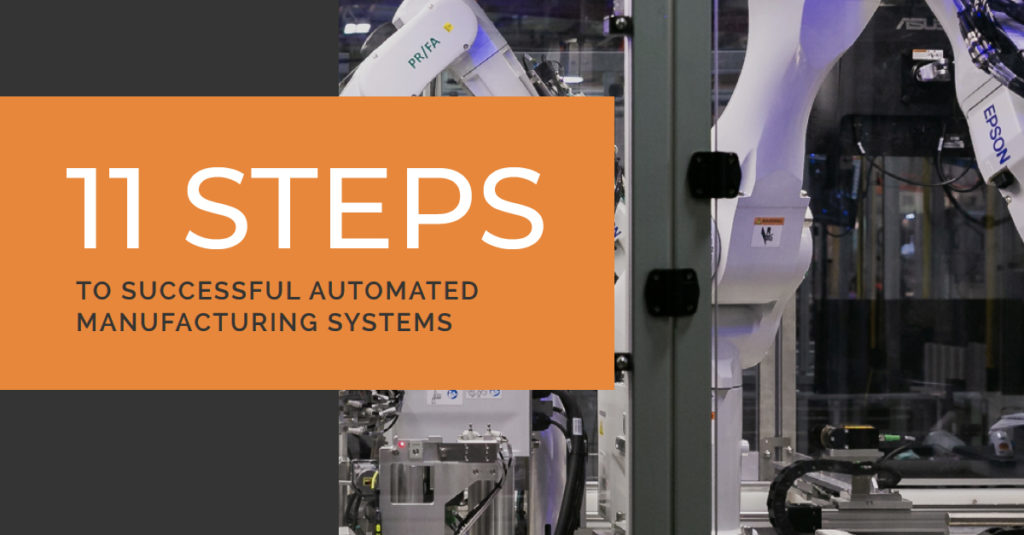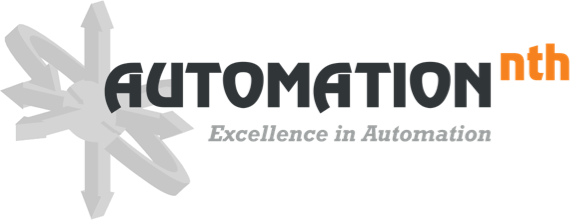
This is the third post in the series of 11 steps to follow to achieve success in automated manufacturing systems. If you’re new to this series, you can start with the first step: When to Automate.
In this post, we’re covering Step 3—Who Should be Involved.
- When to Automate
- Where to Start
- Who Should Be Involved
- How an Automation Architect Selects an Equipment Supplier
- The Contract
- Defining the Solution
- Project Execution
- Runoff & Factory Acceptance Test at Supplier
- Operator & Maintenance Training
- Installation, Site Acceptance Test & Production Start-Up
- Continuous Improvement
To get all 11 steps together in an ebook, fill out the form below and we’ll send it to you!
Step 3: Who should be involved
Creating the right team to plan, implement, and operate automation is critical to success. It is helpful to have continuity of team members throughout all phases, from planning to production. Representatives from the plant who will be responsible for setting up, operating, and maintaining the system must be active participants in all phases of the project. This provides the opportunity to influence key decisions along the way and helps instill a sense of ownership of the equipment in all who were involved in the process.
The project team defines the manufacturing needs and works with the system builder over the life of the program. Common project team roles include:
Project Manager
This person is key to the success of the total project. The Project Manager must have competency in manufacturing and management skills to successfully coordinate the team. The Project Manager will also be the key communications link between the user and the builder. A Project Manager is essential to head up the team throughout the entire process, right into production, to ensure continuity of knowledge and commitments.
Product Design Engineer
During the transition from concept to reality, this person will represent the product plans and participate in discussions regarding part design modifications needed to automate production and achieve required quality levels.
process/manufacturing engineer
Identifies and analyzes proposed solutions for potential success and
compatibility within the existing facilities and work force.
Operators
Responsible for operating the system. Operators should be involved prior to acceptance of the equipment. There should be some key meetings (ex design review) to solicit their feedback. Operators have invaluable input regarding the actual operating features of any proposed system and how to make it more “user friendly.”
ENVIRONMENT, HEALTH, & SAFETY (EHS)
Review safety and ergonomic factors in the system.
Maintenance engineering
Maintain the equipment after it’s in production. Maintenance should be learning about the equipment as the project evolves and provide feedback
quality
Defines tolerances and process control quality levels.
purchasing
Sources, contacts, and maintains partnerships with suppliers.
finance
Monitors costs, evaluates Return on Investment and Net Present Value, and finds ways to improve the financial return from automation.
architects of automation
As discussed in Step 2 (“Where to Start”), the automation architect helps create the plan and sees it through all the way to completion.
Builder
After the builder has been selected, a representative should be included on the end user’s project team to provide continued feedback on product manufacturability, risks, schedule, and budget.
Perspectives on Automation
“It is critical that you get the supplier contributing ideas in the early stages of product design. They are the system specialists and they can suggest ways to make the product simpler to manufacture and, thus, save you wasted money and time. Time and effort must be spent up front in the project to develop those alliances and trust factors way ahead of time.
Consumer products manufacturer
“There is no overstating the importance of the qualifications of the project manager; the more that person knows about manufacturing, the better. That person must also be a good administrator and communicator, guiding the team of specialists, including design engineers, manufacturing engineers and managers, purchasing representatives, operating and maintenance personnel from the plant, etc. This person also then becomes the lead person for all communications with the supplier’s project manager.”
Manufacturer of heavy industrial and commercial products
“Once we have the product and the process defined, we bring in the people
who will run the systems, so they have an opportunity to suggest ways we
could make some changes to make the process easier to use, or to maintain,
etc. At the beginning, I can say that you greatly enhance your odds for
success if you have (or get) three things: First, a project manager who knows
the product and knows the appropriate manufacturing operations; second,
knowledge of the builders whom you invite to come in to help, and third, a
feeling of ‘ownership’ by the users team.”
Consumer products manufacturer
